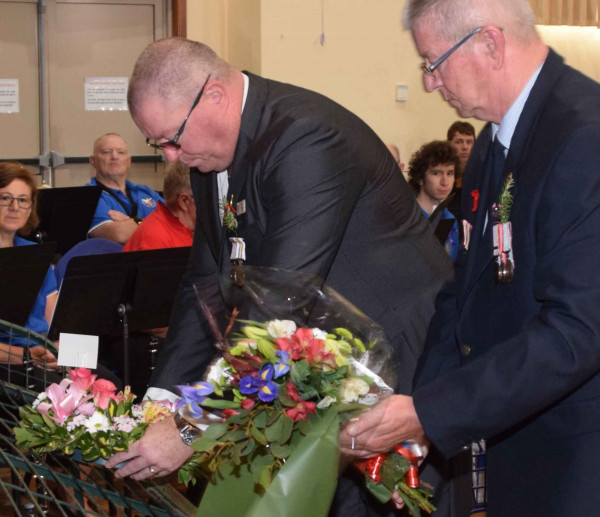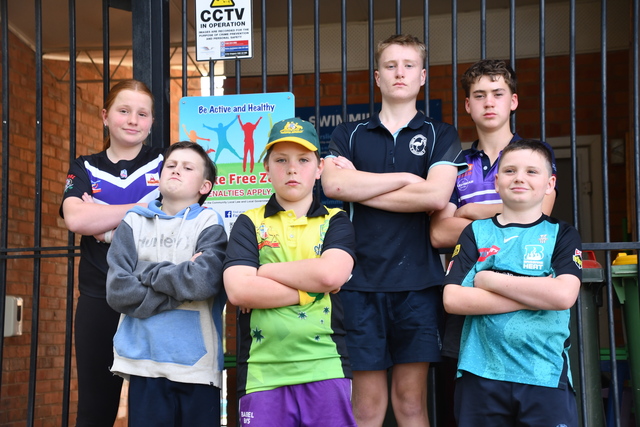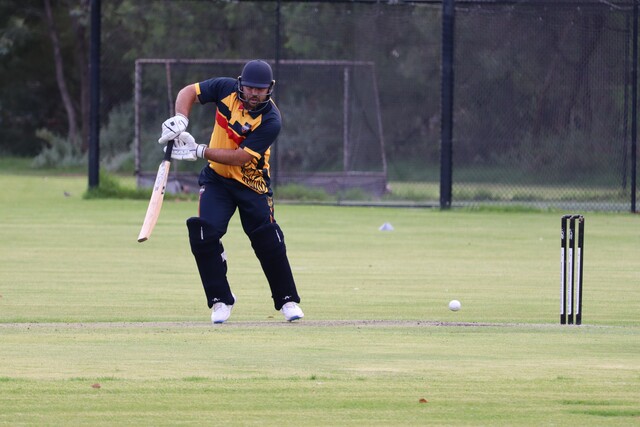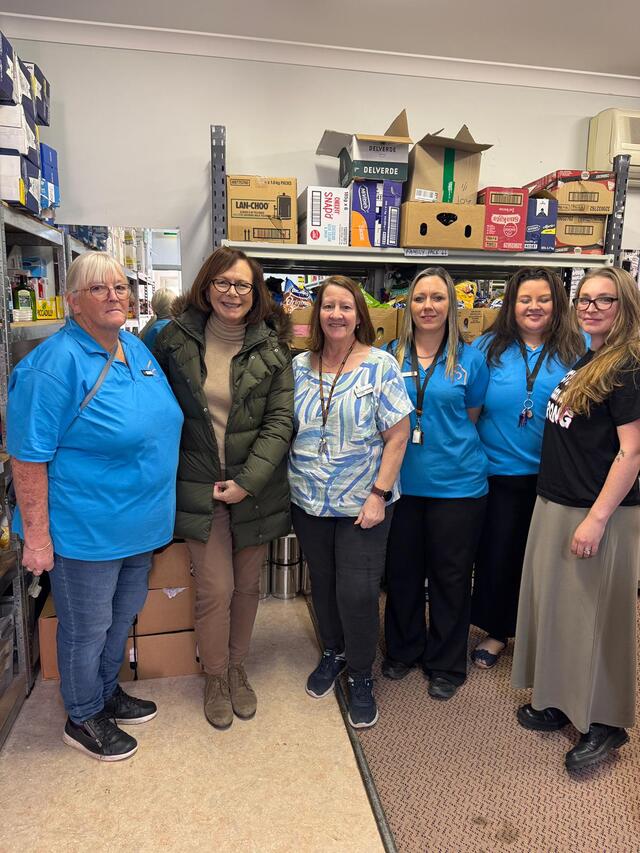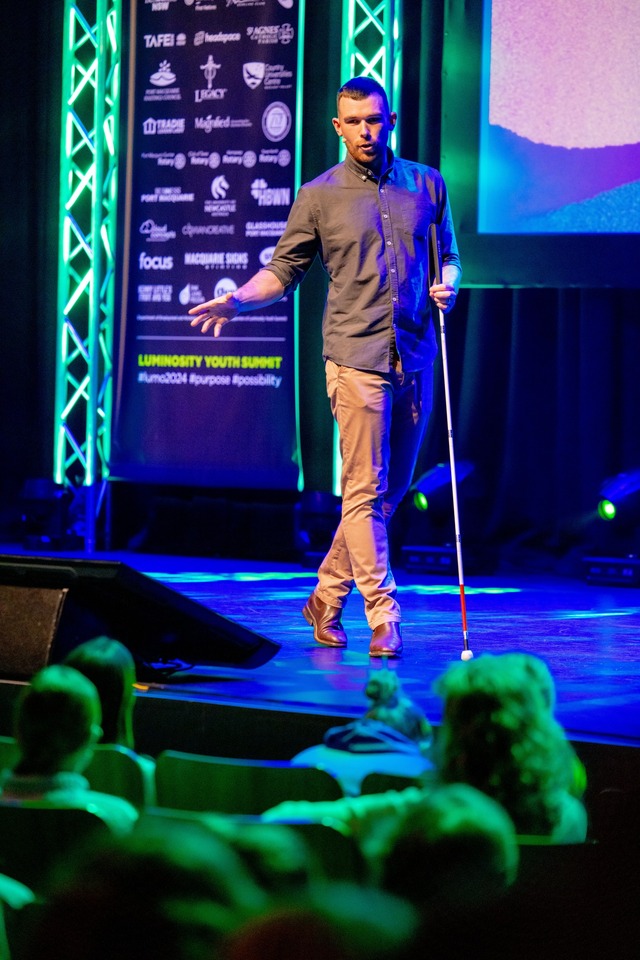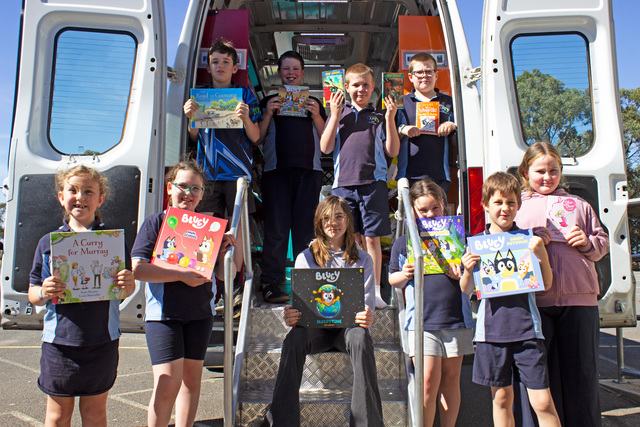
KERANG’S ANZAC Day commemorations centered on the town’s memorial hall after wet weather forced services to not be held at the town’s Cenotaph.
More than 300 people gathered in the Kerang Memorial Hall for the traditional dawn service, and many stayed for a gun-fire breakfast provided by the Lions Club of Kerang.
An estimated crowd of 600 filled the hall for the main service after the traditional march with just 10 war veterans marching and a number being driven in the parade.
Three of Kerang’s remaining World War Two veterans attended the commemoration service. They were Merv Buchanan, Neil Phelan and Ian Westland, now all in their 90s.
The Grinton brothers’ experience was largely a shared one. Apart from being separated when they were either wounded, training in different places or separately on leave, they served alongside each other – and looked out for each other’s welfare – while both serving in the same company in the 38th Battalion on the Western Front in various parts of Belgium and France.
Cr Brian Gibson said that the Grinton brothers left a lasting legacy of their experiences.
“It was a time capsule, a part of history nearly lost,” he said.
A biscuit tin that was stored in Jack Grinton’s barn for over 90 years was opened to reveal almost 900 negatives of World War One photographs.
A historian who was given the tin realised the value of these rare images – photos of soldiers, the trenches, bombed-out villages and citizens fraternising with the Australian visitors.
Hundreds more negatives and 650 developed photographs were later found amongst family records.
Cr Gibson said that he was honoured to address the commemoration service.
“There are so few (war veterans) left; but so many to pay homage on this important day,” he said.
Cr Gibson said that while he had no military experience, 28 years as a Victoria Police officer, the last 14 as a sergeant at Kerang, had provided exposure to a lot of trauma.
“These men faced a higher and different level of trauma,” he said.
The images stored in the biscuit tin were remarkable because soldiers were not permitted to take cameras into battle and more remarkable that notoriously unstable cellulose nitrate negatives survived varying conditions while stored in a barn.
Bert Grinton was just 17 when he enlisted on January 21, 1916, but told officials that he was already 18.
His older brother, Jack, was 23 when he was recruited on February 3 that year.
Their smuggled cameras captured deeply personal images of friendships forged in battle and also lost in battle.
The brothers were fortunate that their cameras were not discovered and more fortunate that they returned from battles that took 42,500 Australian lives, including 23,000 who disappeared amongst the ruins and mud, and 77,000 others who were wounded or gassed.
A Camera on the Somme exhibition is on display in the RSL museum in Bendigo.
While Cr Gibson highlighted the obvious trauma that war veterans had faced, he used the address to publicly thanks his wife, Katrina and his family for their unwavering support while suffering from a trauma-related illness during the past year.
“While the numbers of those who fought is dwindling, it’s heartening that people extend outside the hall to honour their sacrifices”, he said.


